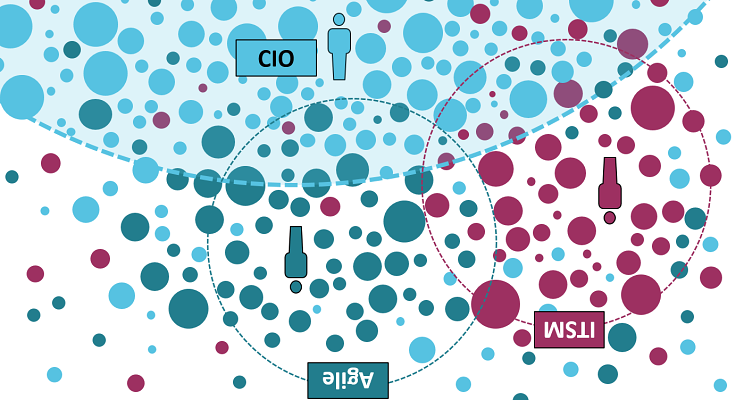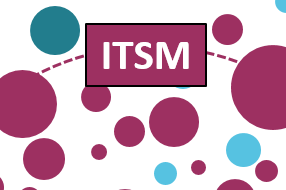For many proponents of ITSM and agile (DevOps), CIO’s world does not exist, or they see it only as a tiny part of their worlds. But this world is far the most important. This is the world of internal IT managers who are responsible for entire IT departments, in any imaginable type of organization – […]
Paradigms and IT management models – part 2/3 context Agile
“What you see is all there is” – this is a biased perception of the world surrounding us, as pointed out by Daniel Kahneman in his brilliant book “Thinking, fast and slow”. Let’s explore this bias and its implications on the world of IT governance models and frameworks. First part of trilogy 1/3 is here […]
Paradigms and IT management models – part 1/3 context ITSM
“What you see is all there is” – this is a biased perception of the world surrounding us, as pointed out by Daniel Kahneman in his brilliant book “Thinking, fast and slow”. Let’s explore this bias as and its implications on the world of IT governance models and frameworks. Roots of ITSM are in 90’s when […]


